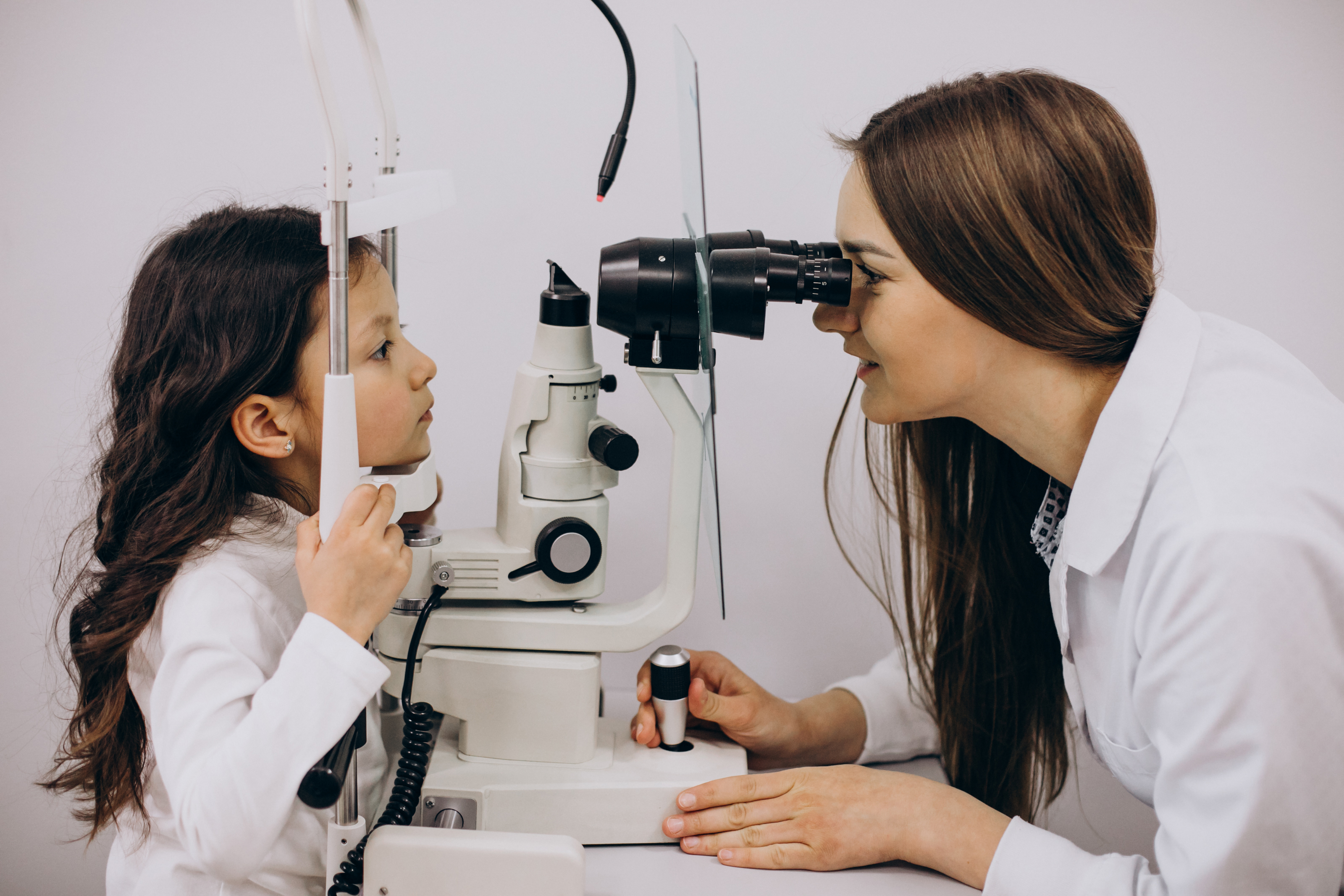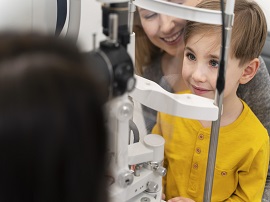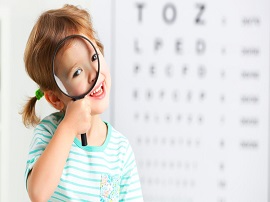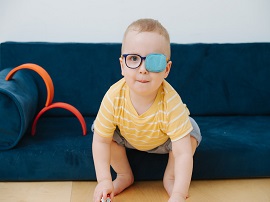LEADERS IN EYE CARE SINCE 1984
Young children's eyes change and develop quickly. Long-term vision problems, if left untreated, can have a negative impact on a child's ability to study, socialise, and feel confident. It is best to have pediatric eye specialists examine a child's eyes since problems with the eyes need to be identified and treated as soon as possible.
At Ranchhodrai Eye Hospital, we are equipped to diagnose and manage these eye problems in children. Our child eye specialists in Ahmedabad are leading authorities in eye problems in childhood.
WHAT ARE THE COMMON EYE PROBLEMS IN CHILDREN?

REFRACTIVE ERROR

ALLERGIC EYE DISEASE

SQUINT

AMBLYOPIA

CONGENITAL CATARACT
HOW WILL I KNOW MY CHILD HAS VISION PROBLEMS?

Repeated watering of eyes

Squeezing of eyes

Frequent rubbing of eyes

Holding books very near the eyes or sitting close to the TV to watch

Headaches

Abnormal movements of the eyes

loosing pace while reading

poor focus

difficulty seeing at blackborad

misalignment of-eyes

whitening of pupil inside the eye
In very young children, observation of delayed visual milestones, like not following lights, toys, faces, should also prompt an early eye check up.The deviation of eyes, nystagmus (to and fro movements of the eyes), abnormal head postures, roving eye movements in children are often associated with amblyopia.
These conditions require consultation with child eye experts.
HOW EARLY SHOULD AN EYE CHECK UP FOR A CHILD BE DONE ?
In the absence of any of the above problems, it is recommended that every child should have a routine eye check up at 3 years of age. Vision screening should be mandatory at the time of school admission. This should be followed by annual routine check ups.















